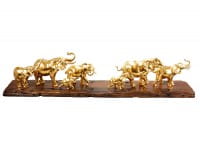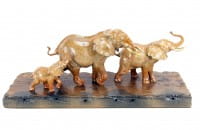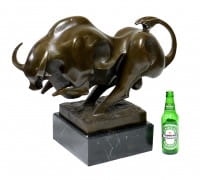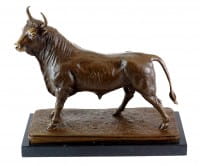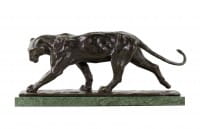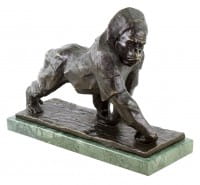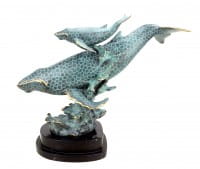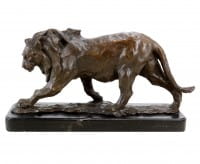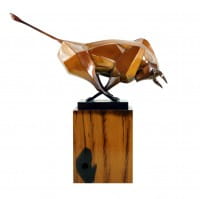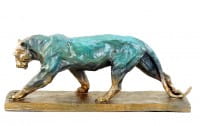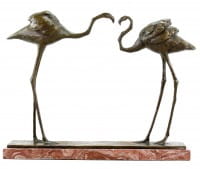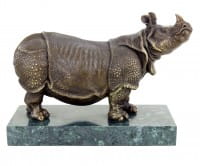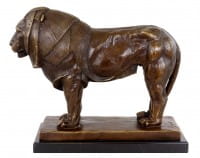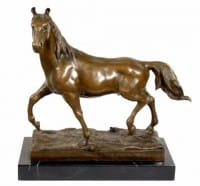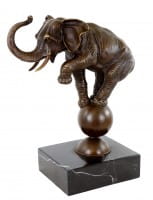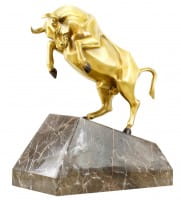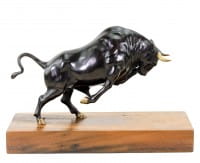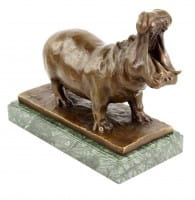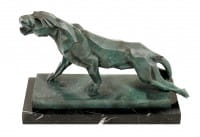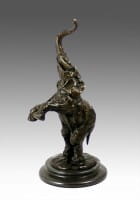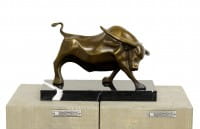Animal Sculpture
Animal sculptures have been a significant part of human artistic expression across cultures and throughout history. They serve various purposes and convey different meanings, depending on their cultural, historical, and artistic contexts.
- Symbolism: Animals have been used symbolically in art since ancient times. They can represent various traits or concepts. For example, the lion often symbolizes courage or strength, the butterfly might signify transformation or change, and the owl could denote wisdom. Sculptures of animals, thus, can communicate these symbolic meanings, serving as potent metaphors.
- Religious Significance: In many cultures, certain animals are associated with specific deities or spiritual ideas. For example, the ancient Egyptians revered cats and often depicted them in sculpture to honor the goddess Bastet. Similarly, in Hinduism, the elephant-headed god Ganesha is a common figure in art and sculpture.
- Artistic Expression: Animal sculptures can showcase an artist's skill and creativity. The intricate detail required to depict the anatomy, movement, and texture of an animal is a testament to the artist's craftsmanship. These works can also be a form of aesthetic appreciation of nature's diversity.
- Social Commentary: Artists might use animal sculptures to offer critiques or comments on society. This might involve anthropomorphizing animals or juxtaposing them with human elements, revealing human behaviors, or highlighting issues like animal rights or environmental conservation.
- Historical Significance: Animal sculptures often serve as valuable historical artifacts. They can provide insights into how past societies viewed and interacted with the natural world, and their religious or symbolic beliefs.
- Memorials and Monuments: Large-scale animal sculptures are often used as memorials or monuments, signifying local culture, history, or a sense of community pride. For instance, the Merlion statue in Singapore symbolizes the city's origins as a fishing village.
- Functional Art: In addition to being purely decorative, animal sculptures can also be functional. They might be used as fountain fixtures, garden decor, or furniture pieces, combining utility with artistic appeal.
Remember, the meaning of an animal sculpture is not fixed but is shaped by its context. The artist's intentions, the culture in which it was created, the materials used, and the viewer's interpretation all play a part in defining what a specific animal sculpture signifies.

